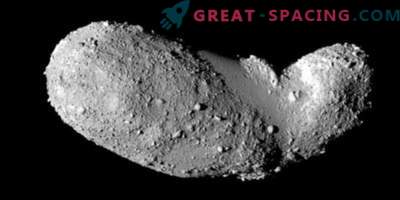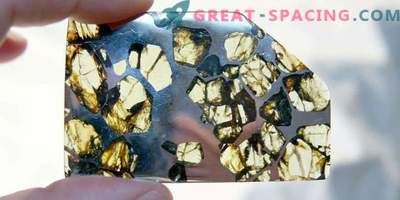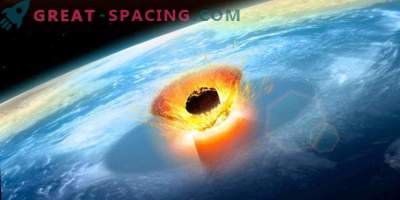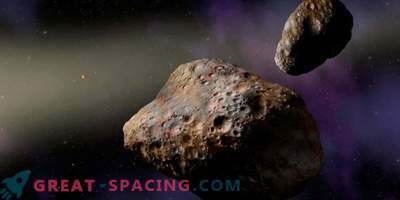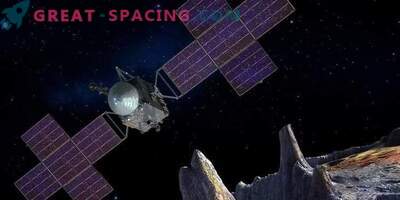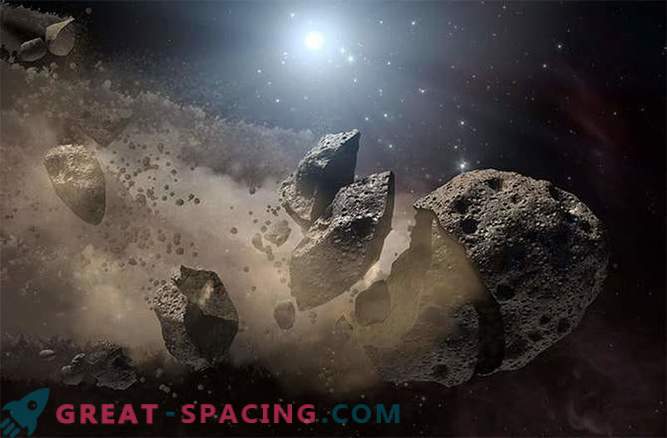
In a study published April 2 in the journal Nature, an international team of astronomers presented the results that most of the small debris that collects on the surface of small asteroids is not the result of asteroid collisions, but is formed by space erosion.
Regolith found on planetary surfaces, such as the Moon or even Mars, where the atmosphere has a thin layer or does not exist at all. Regolith is a granular material that is formed as a result of sputtering of rock above the zone of meteorite impacts. The earth does not have a regolith, since frequent impacts by meteorites are blocked by our dense atmosphere, and the weathering processes erase all traces.
Asteroids are known to have dusty regolith on their surface, and scientists have always assumed that this material, consisting mainly of rock grains, the size of a centimeter, is formed as a result of asteroid and micrometeorite impact.

Artistic interpretation of the early Solar system, where collisions of particles in the accretion disk caused the formation of planetesimals But there is a problem with this model.
Too much regolith was found on the surface of small asteroids. Multiple collisions, the asteroid's rotational speed and the very low gravity that an asteroid possesses means that space debris had to be thrown into interplanetary space.
So, how did the regolith end up there?
When testing for meteorites found on Earth, researchers modeled the space environment to observe how these samples are destroyed.
"We took the meteorites found on Earth as the best analogues of the meteorite surface," said Marco Delbo from the observatory of Côte d'Azur, France. "Then we subjected these meteorites to temperature cycles similar to those experienced by rocks on asteroid surfaces approaching the Earth. And we found that microcracks grow inside these meteorites quickly enough to completely break them within a certain period of time."

The artistic concept of creating asteroid families
This process, known as thermal fatigue, is caused by the rapid change of day and night on the surface of the asteroid. Rapid heating and expansion creates thermal expansion and contraction of the asteroid material, initiating splitting and defragmentation. Using these data, the scientists were able to extrapolate the results over a large time frame and found that the defragmentation of the asteroid material due to thermal fatigue occurs faster than the defragmentation resulting from micrometeorite impacts.
"It is not surprising that thermal fatigue has a stronger effect on asteroids rotating close to the Sun than on those whose orbits lie at great distances. But even on those asteroids that rotate far enough from the Sun, the process of thermal fatigue has a great influence than micrometeorite effects, "added Simone Marchi, a researcher at the Southwestern Scientific Research Institute.
As a result of the impact of the process of thermal fatigue and the solar wind, the researchers also found that small asteroids, with compact orbits around the sun, would be completely destroyed within 2 million years.




